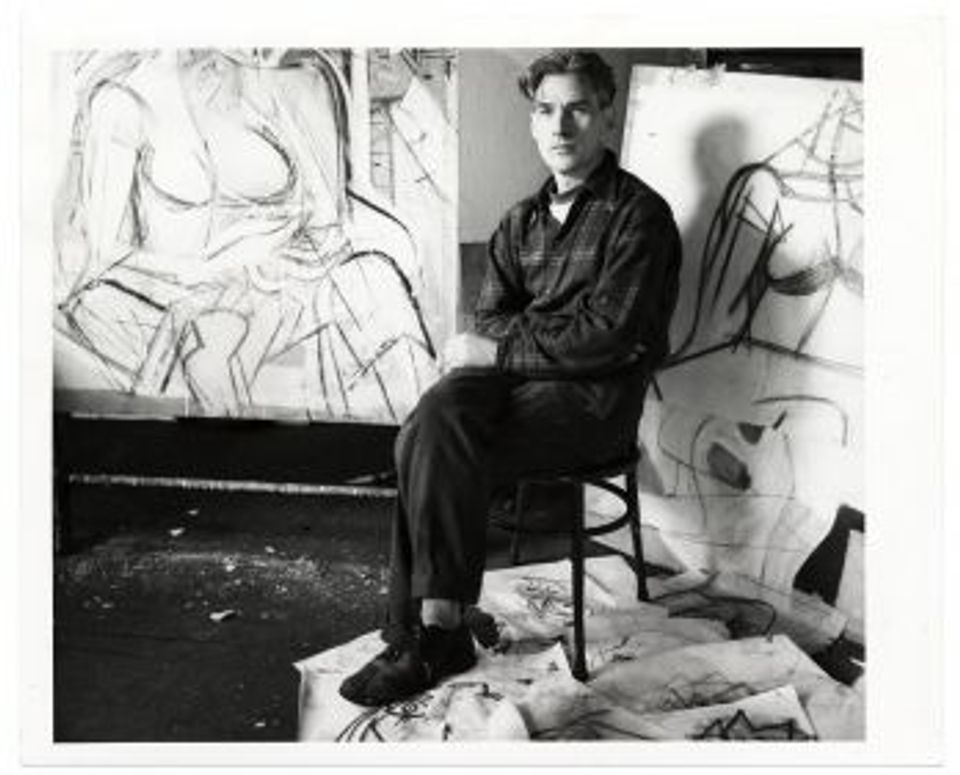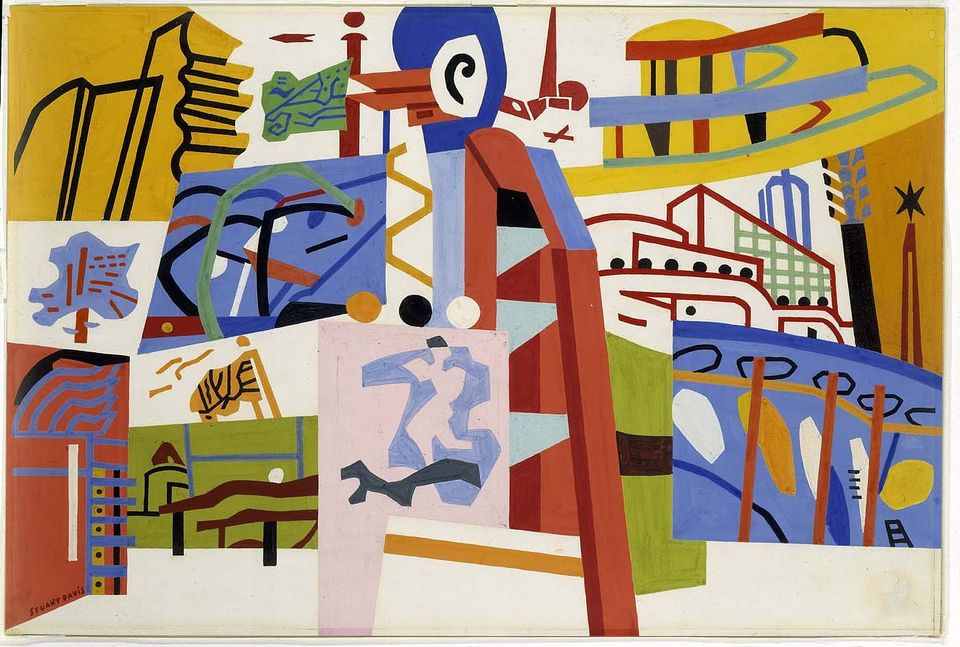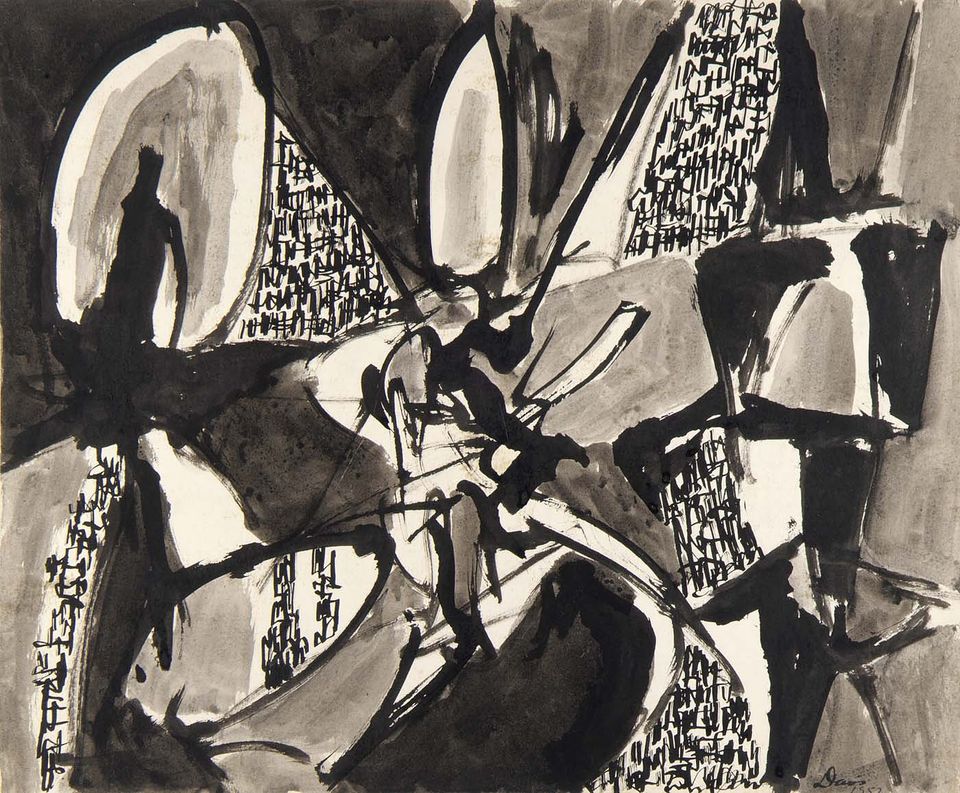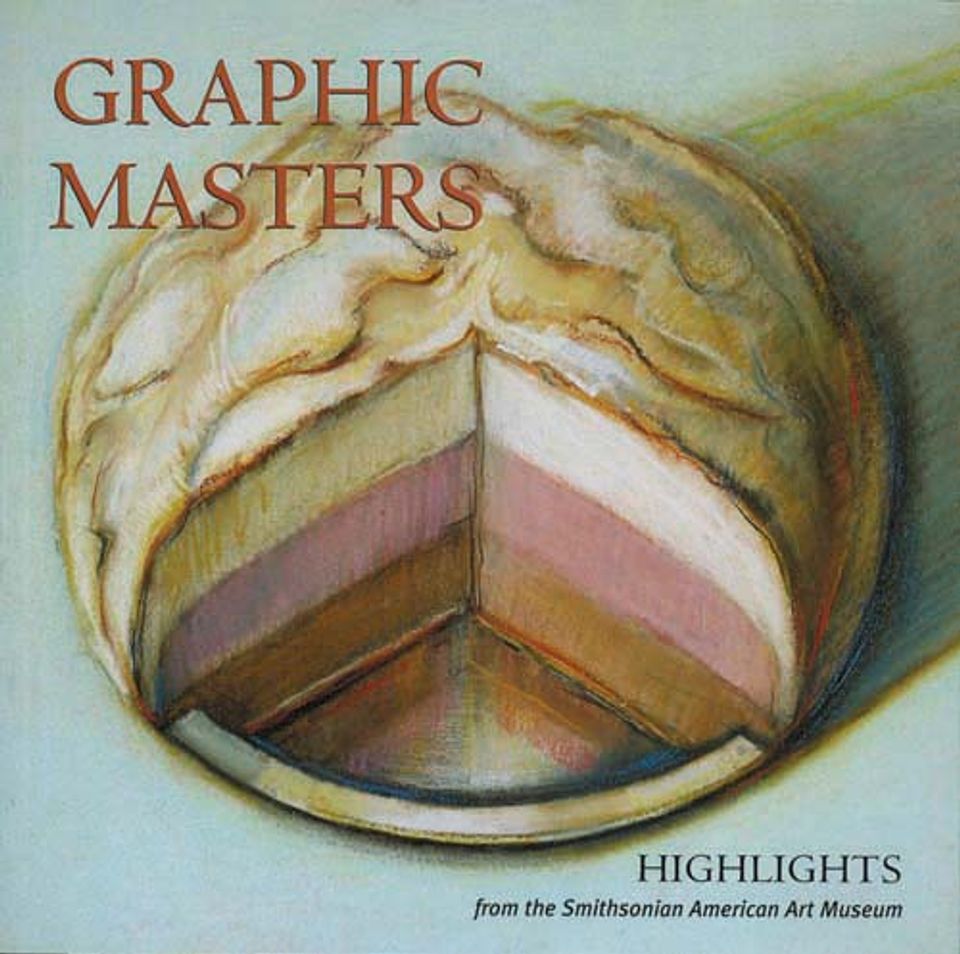Artist
Willem de Kooning
born Rotterdam, Netherlands 1904-died East Hampton, NY 1997

- Also known as
- Willem De Kooning
- Born
- Rotterdam, Netherlands
- Died
- East Hampton, New York, United States
- Active in
- New York, New York, United States
- Biography
Born in Holland, moved to the United States in 1924. Abstract Expressionist painter, known for his disturbing pictures of women, who became one of the dominant American artists of the 1950s.
Charles Sullivan, ed American Beauties: Women in Art and Literature (New York: Henry N. Abrams, Inc., in association with National Museum of American Art, 1993)
Works by this artist (292 items)
Exhibitions
June 18, 2009–January 10, 2010
Graphic Masters II: Highlights from the Smithsonian American Art Museum, the second in a series of special installations, celebrates the extraordinary variety and accomplishment of American artists' works on paper.
June 14, 2012–January 6, 2013
Abstract Drawings presents a selection of forty-six works on paper from the Smithsonian American Art Museum’s permanent collection that are rarely on public display.
















